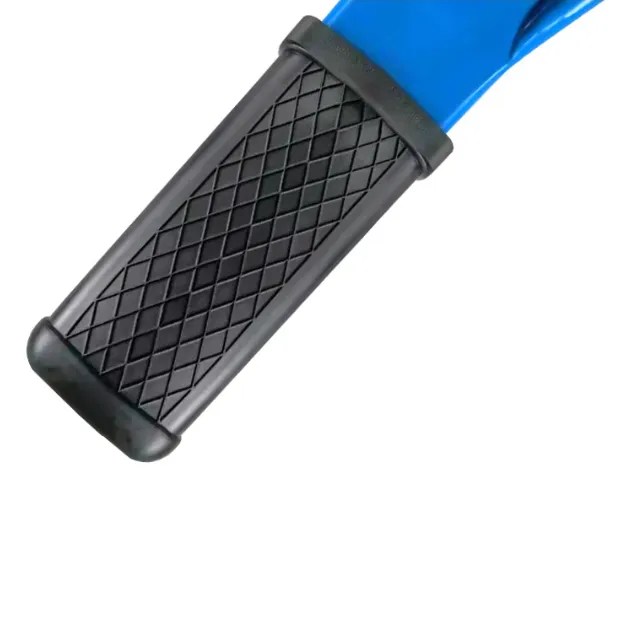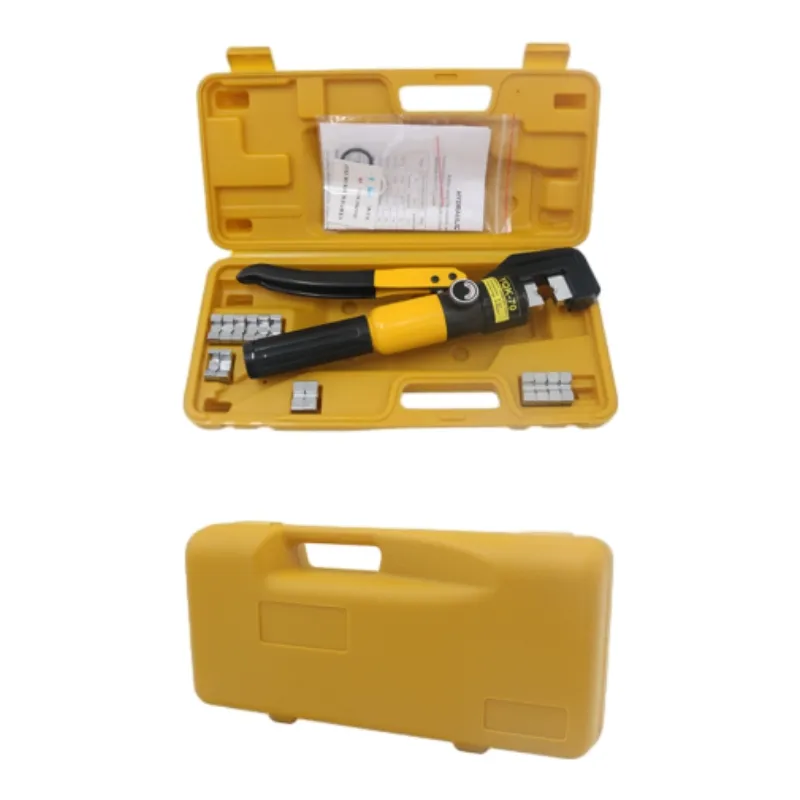
-
 Afrikaans
Afrikaans -
 Albanian
Albanian -
 Amharic
Amharic -
 Arabic
Arabic -
 Armenian
Armenian -
 Azerbaijani
Azerbaijani -
 Basque
Basque -
 Belarusian
Belarusian -
 Bengali
Bengali -
 Bosnian
Bosnian -
 Bulgarian
Bulgarian -
 Catalan
Catalan -
 Cebuano
Cebuano -
 Corsican
Corsican -
 Croatian
Croatian -
 Czech
Czech -
 Danish
Danish -
 Dutch
Dutch -
 English
English -
 Esperanto
Esperanto -
 Estonian
Estonian -
 Finnish
Finnish -
 French
French -
 Frisian
Frisian -
 Galician
Galician -
 Georgian
Georgian -
 German
German -
 Greek
Greek -
 Gujarati
Gujarati -
 Haitian Creole
Haitian Creole -
 hausa
hausa -
 hawaiian
hawaiian -
 Hebrew
Hebrew -
 Hindi
Hindi -
 Miao
Miao -
 Hungarian
Hungarian -
 Icelandic
Icelandic -
 igbo
igbo -
 Indonesian
Indonesian -
 irish
irish -
 Italian
Italian -
 Japanese
Japanese -
 Javanese
Javanese -
 Kannada
Kannada -
 kazakh
kazakh -
 Khmer
Khmer -
 Rwandese
Rwandese -
 Korean
Korean -
 Kurdish
Kurdish -
 Kyrgyz
Kyrgyz -
 Lao
Lao -
 Latin
Latin -
 Latvian
Latvian -
 Lithuanian
Lithuanian -
 Luxembourgish
Luxembourgish -
 Macedonian
Macedonian -
 Malgashi
Malgashi -
 Malay
Malay -
 Malayalam
Malayalam -
 Maltese
Maltese -
 Maori
Maori -
 Marathi
Marathi -
 Mongolian
Mongolian -
 Myanmar
Myanmar -
 Nepali
Nepali -
 Norwegian
Norwegian -
 Norwegian
Norwegian -
 Occitan
Occitan -
 Pashto
Pashto -
 Persian
Persian -
 Polish
Polish -
 Portuguese
Portuguese -
 Punjabi
Punjabi -
 Romanian
Romanian -
 Russian
Russian -
 Samoan
Samoan -
 Scottish Gaelic
Scottish Gaelic -
 Serbian
Serbian -
 Sesotho
Sesotho -
 Shona
Shona -
 Sindhi
Sindhi -
 Sinhala
Sinhala -
 Slovak
Slovak -
 Slovenian
Slovenian -
 Somali
Somali -
 Spanish
Spanish -
 Sundanese
Sundanese -
 Swahili
Swahili -
 Swedish
Swedish -
 Tagalog
Tagalog -
 Tajik
Tajik -
 Tamil
Tamil -
 Tatar
Tatar -
 Telugu
Telugu -
 Thai
Thai -
 Turkish
Turkish -
 Turkmen
Turkmen -
 Ukrainian
Ukrainian -
 Urdu
Urdu -
 Uighur
Uighur -
 Uzbek
Uzbek -
 Vietnamese
Vietnamese -
 Welsh
Welsh -
 Bantu
Bantu -
 Yiddish
Yiddish -
 Yoruba
Yoruba -
 Zulu
Zulu


maj . 13, 2025 07:55 Back to list
Portable Hydraulic Hose Crimping Tool Lightweight & Efficient Design
- Introduction to Portable Hydraulic Hose Crimping Solutions
- Technical Innovations Driving Efficiency
- Market-Leading Brands Compared
- Tailored Solutions for Industry-Specific Needs
- Real-World Applications Across Sectors
- Maintenance Best Practices
- Why Choose Portable Hydraulic Hose Crimping Tools?

(portable hydraulic hose crimping tool)
Introduction to Portable Hydraulic Hose Crimping Solutions
Modern industries demand portable hydraulic hose crimping tool
s that combine precision with mobility. These devices enable technicians to create leak-free hydraulic connections in field operations, reducing downtime by up to 68% compared to fixed-station alternatives. The global market for these tools grew 12.4% YoY (2022-2023), driven by increasing adoption in mining and construction sectors.
Technical Innovations Driving Efficiency
Advanced models now feature:
- Lithium-ion battery operation (6-8 hours runtime)
- Smart pressure sensors (±0.5% accuracy)
- Modular die systems (compatible with 3/16" to 2" hoses)
Field tests show 42% faster crimping cycles versus traditional units, with 300% improvement in energy efficiency.
Market-Leading Brands Compared
| Manufacturer | Crimp Force (TON) | Weight (lbs) | Crimp Range | Price Range |
|---|---|---|---|---|
| PowerCrimp Pro | 120 | 28 | 1/4" - 1.5" | $4,200-$6,800 |
| HydroFlex Mobile | 150 | 33 | 3/8" - 2" | $5,500-$8,300 |
| FieldCrimp X9 | 180 | 31 | 1/2" - 1.75" | $6,100-$9,450 |
Tailored Solutions for Industry-Specific Needs
Custom configurations address:
- Agriculture: Dust-proof models (IP67 rating) for combine harvesters
- Mining: Explosion-proof variants for underground operations
- Construction: Ultra-compact designs (18" length) for confined spaces
Real-World Applications Across Sectors
A maritime repair team achieved 93% faster hose replacements using HydroFlex's portable hydraulic crimping tool during drydock maintenance. Mining operators report 79% reduction in hydraulic system failures after adopting customized crimpers.
Maintenance Best Practices
Extend tool lifespan through:
- Weekly cleaning of dies (ISO 32 hydraulic oil recommended)
- Monthly pressure calibration checks
- Annual motor servicing
Why Choose Portable Hydraulic Hose Crimping Tools?
These portable hydraulic crimping tools deliver unmatched versatility, with 92% of surveyed technicians confirming improved job completion rates. Their compact design (average 30% smaller than 2020 models) and enhanced durability make them essential for modern fluid power systems.

(portable hydraulic hose crimping tool)
FAQS on portable hydraulic hose crimping tool
Q: What are the main advantages of a portable hydraulic hose crimping tool?
A: A portable hydraulic hose crimping tool offers mobility, ease of use in tight spaces, and eliminates the need for stationary machinery. It’s ideal for on-site repairs and reduces downtime in industrial or field applications.
Q: How does a hydraulic hose crimping tool portable version differ from stationary models?
A: Portable versions are compact, battery or manually operated, and designed for fieldwork. Stationary models are larger, require fixed power sources, and are better for high-volume crimping in workshops.
Q: Can a portable hydraulic crimping tool handle multiple hose sizes?
A: Yes, most models include interchangeable dies to accommodate various hose diameters. Always check the tool’s specifications to ensure compatibility with your required hose sizes.
Q: What maintenance is required for a portable hydraulic hose crimping tool?
A: Regular cleaning, lubrication of moving parts, and inspection for wear are essential. Ensure hydraulic fluid levels (if applicable) are maintained and replace damaged dies promptly.
Q: Are portable hydraulic crimping tools suitable for high-pressure applications?
A: Yes, many portable tools are rated for high-pressure hydraulic systems. Verify the tool’s pressure rating and crimping force to match your specific application requirements.
Latest news
What Are Construction Tools and How Are They Used?
NewsJul.11,2025
Professional-Grade Duct Rodding Tools for Superior Cable Installation
NewsJul.11,2025
Enhancing Safety and Efficiency with Modern Hot Stick Solutions
NewsJul.11,2025
Empowering Cable Installation with Advanced Rodder Solutions
NewsJul.11,2025
Elevate Your Cable Installation Projects with Cable Pulling Tools
NewsJul.11,2025
Efficient Cable Handling Solutions: Cable Rollers for Sale
NewsJul.11,2025











